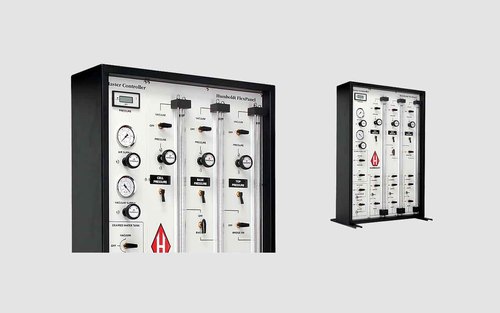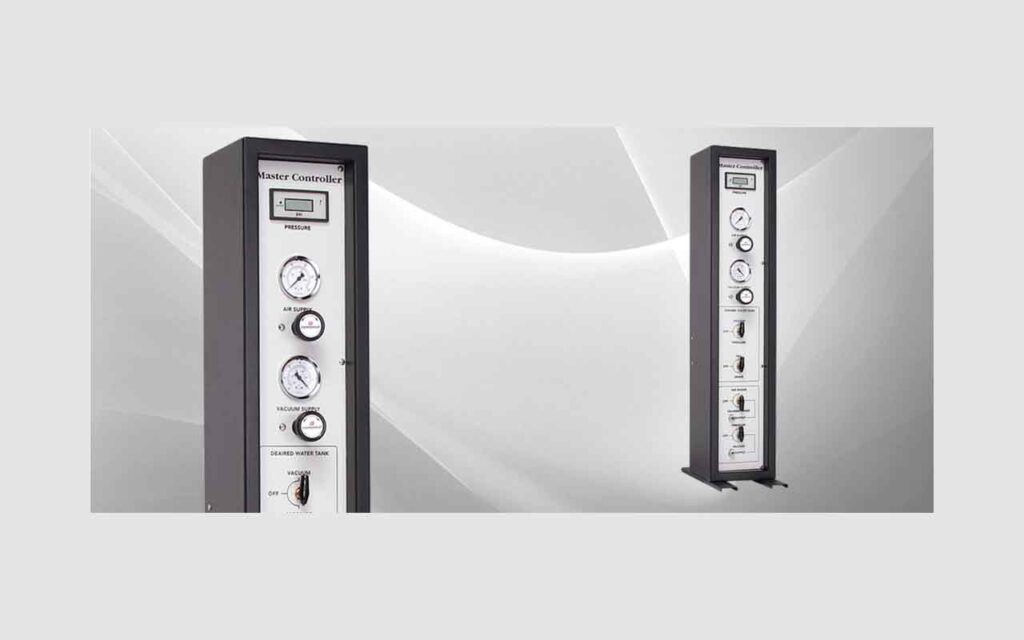
Accurate information about soil hydraulic conductivity (water flow) characteristics is crucial. It allows you to understand the importance of waste facilities, landfills and holding ponds in today’s environmentally controlled world.
If you want to study permeability you need to test multiple samples to get an accurate idea of the different humidity and unit weight conditions which can be very time-consuming. Impact of the test offers different types of control panels, test chambers and extensible accessories to meet additional requirements of the test.
Flexible wall permeability tests are usually performed using backpressure. These factors are taken into account during this experiment when the water flow is steady. The flowing fluid passes through the soil and enters the soil sufficiently to be present in the waste liquid at total density.
This permeability test can be done from 0% to 100% relative density as required, but of course, accurate sampling is needed. After collecting a thin layer of a granular soil sample, a special sliding-weight compaction hammer provides higher relative density as required. Flexible wall permeability tests need to be done with a high-quality flexible wall permeability test apparatus to get accurate results.
The advantages of the flexible wall permeability test:
The main benefits of flexible wall permeability testing are:
- Low cost.
- Simplicity.
- High adaptability to compacted soil testing.
- Compatibility with various chemicals used as a permanent liquid.
- The need to apply high limiting pressure.

The function of flexible wall equipment
- The Permeability Master Control Panel is one of the significant flexible wall equipment used in the flexible wall permeability test that combines precise control, logical layout, and quality components by which you can get an accurate result.
- Another vital test equipment, an LCD, shows all essential confining and cell pressures.
- During the testing procedure’s saturation, consolidation, and testing phases, Precision regulators and valves help you correct the setting and control of cell and burette pressures.
- The upper controls are used in the test to regulate air pressure to the permeability chamber, while the lower controls can handle the water supply on the soil.
- All cell and burette pressures should be selected individually, so in this case, it can be monitored by a single digital readout.
- The user needs to set the adequate cell pressure as well as controls the back pressure used in the test. You need to do it during saturation and do not change or alter ineffective pressure.
- Reservoirs of test cells and panels need to be filled and drained to the front panel as per convenience and time.

How do you test for permeability?
Pressure measurement, water volume, soil sample height, and cross-sectional area are used to determine the permeability coefficient. forgetting the correct result, you need to repeat the test three or more times.
Fixed-Wall versus Flexible-Wall Permeameters
There are two common types of perimeter: fixed-wall and flexible-wall cells. What type of cell is most suitable for measuring the hydraulic conductivity of impermeable, fine-grained soil? And it is not known what is most appropriate? A controversy has arisen.
Different parameters are available and discussed, and their relative advantages and disadvantages are listed. The differences in applied pressure, boundary leakage, and the degree of saturation are mainly discussed between cells. However, it was concluded that no single type of cell works appropriately for all applications.
According to the data, the type of perimeter commonly used does not affect laboratory-compacted clay wet with water. But this parameter can significantly affect the clay mixed with concentrated organic chemicals. Fixed-wall cells are much more likely to be used for laboratory-compressed clay testing.
Flexible-wall cells, subjected to significant effective stress, are better suited to test undisturbed soil samples. It can also minimize boundary leakages.
What is the purpose of a permeability test?
- The permeability test is significant to determine any sample’s coefficient of permeability (K). It also helps you define the flow rate of water under laminar flow conditions. To explain it, the medium porous area of the unit cross section is used under the unit hydraulic gradient.
- Flexible Wall Permeability Cells are extremely important, which are available for testing the soil samples up to 6in (152mm) diameter and perfect to meet the requirements ASTM D5084. Most of these test Cells are made with brass or stainless steel valves and come with updated fittings.
- There are various types of Flexible Wall Permeability Cell Accessories available in the market, including Specimen Caps and Pedestals, Latex Membranes, Porous Stones, and End Caps. These are come with complete kits for precise specimen sizes and measures or as individual components. These sales come with various accessories used in sample preparation and handling.
- The functionality of the permeability control panel is that it controls the air and fluid pressure in the cell during testing. A master panel with a digital pressure readout is crucial to get the proper sample. At the same time, if you want to test an additional piece, you must add a basic auxiliary panel that must be attached to the master panel.
· Toxic Interface Units is vital as it permits safe testing of contaminated soil specimens filled with hazardous permeant fluids. It can form a physical barrier to providing proper protection to expensive laboratory flexible wall equipment from any corrosive damage.
· Pore Pressure Transducer with Digital Readout is also a crucial device that accurately measures pore water pressure in a soil specimen. So it can offer the digital readout.


